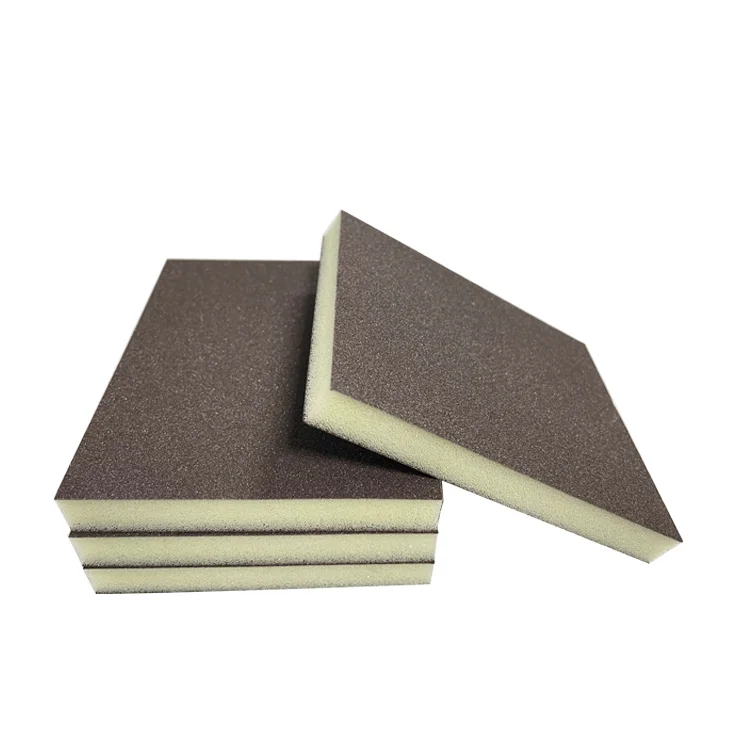Granite porphyry is a fascinating igneous rock that has captured the attention of geologists, architects, and artists alike. Known for its striking appearance and durability, granite porphyry is often used in construction and decorative applications. However, to truly appreciate this rock, one must delve into its mineral composition, which reveals much about its formation, properties, and potential uses. In this article, we will explore the intricate mineral makeup of granite porphyry, its geological significance, and its applications in various industries.
Understanding Granite Porphyry
Granite porphyry is characterized by its distinct texture, which features large crystals (phenocrysts) embedded in a finer-grained matrix. This unique texture results from a two-stage cooling process: the initial slow cooling of magma deep within the Earth, allowing large crystals to form, followed by a rapid cooling phase closer to the surface, which results in the finer-grained groundmass. The mineral composition of granite porphyry is primarily dominated by feldspar, quartz, and biotite, but it can also include other minerals that contribute to its overall characteristics.
Key Minerals in Granite Porphyry
- Feldspar:
Feldspar is the most abundant mineral in granite porphyry, typically comprising around 50-70% of its composition. It exists mainly in two forms: orthoclase (potassium feldspar) and plagioclase (sodium-calcium feldspar). The presence of feldspar not only contributes to the rock's strength and durability but also influences its color, ranging from pink to white, depending on the type and proportion of feldspar present. - Quartz:
Quartz is another significant component, usually making up about 20-30% of granite porphyry. This mineral is known for its hardness and resistance to weathering, which enhances the rock's overall durability. The presence of quartz also contributes to the rock's aesthetic appeal, as it can create a sparkling effect when polished. - Biotite:
Biotite, a common mica mineral, is often found in smaller amounts (around 5-10%) within granite porphyry. Its dark color contrasts with the lighter feldspar and quartz, adding to the rock's visual complexity. Biotite also plays a role in the rock's weathering characteristics, as it can alter into clay minerals over time. - Accessory Minerals:
In addition to the primary minerals, granite porphyry may contain various accessory minerals such as hornblende, garnet, and zircon. These minerals, although present in smaller quantities, can provide valuable information about the rock's formation conditions and the geological environment in which it was created.
Geological Significance
The mineral composition of granite porphyry is not just a matter of aesthetics; it also holds significant geological implications. The presence and proportions of specific minerals can indicate the conditions under which the rock formed, including temperature, pressure, and the chemical environment of the magma. For instance, a higher concentration of biotite may suggest a more hydrous environment during crystallization, while the dominance of quartz and feldspar can indicate a more evolved magma source.
Applications of Granite Porphyry
Due to its unique mineral composition and physical properties, granite porphyry has a wide range of applications:
- Construction: Its durability and aesthetic appeal make granite porphyry a popular choice for building materials, including countertops, flooring, and facades. Its resistance to weathering also makes it suitable for outdoor applications such as paving stones and garden features.
- Art and Sculpture: The striking appearance of granite porphyry has made it a favored material for sculptures and monuments. Artists appreciate its ability to take a high polish and its varied color palette.
- Geological Studies: The study of granite porphyry and its mineral composition provides valuable insights into the geological history of an area. Geologists can use this information to understand past volcanic activity and the evolution of the Earth's crust.
Conclusion
Granite porphyry is more than just a visually appealing rock; its mineral composition tells a story of geological processes and environmental conditions. By understanding the key minerals that make up granite porphyry, we can appreciate its significance in both nature and human applications. Whether used in construction, art, or scientific research, granite porphyry continues to be a subject of fascination and utility, bridging the gap between geology and everyday life. As we continue to explore and utilize this remarkable rock, we uncover not only its beauty but also the intricate processes that shape our planet.

